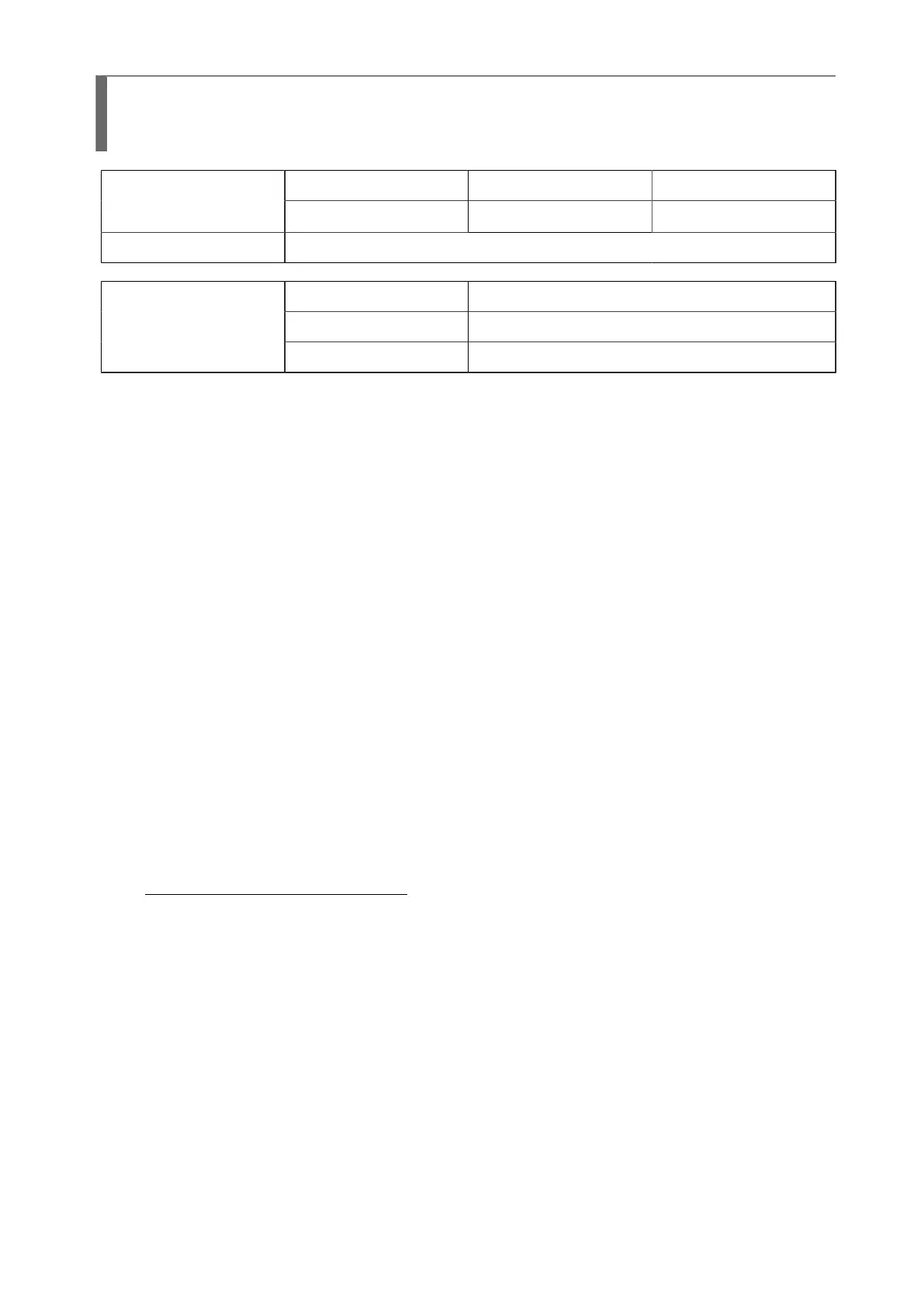157
[ESC+k9] 24 x 24 dots Kanji in vertical line with 1-byte
character
ESC k9 ParameterHexadecimal code
<1B>
16
<6B>
16
<39>
16
an...n
Initial value Nil
When the power is OFF The set parameter is not maintained.
Valid range within items The set parameter becomes invalid.
Valid range and term of
command
Valid range between items The set parameter becomes invalid.
[Function]
Specifying 24 x 24 (width x height) dots horizontal written kanji character print and W12 x H24 dots
half size character in vertical line.
[Format]
<k9>an...n
• Parameter
a [Kanji selection mode]
H: HEX characters
B: Binary code
I: HEX characters, smoothing function
C: Binary code, smoothing function
J: HEX characters, highlighting function
D: Binary code, highlighting function
K: HEX characters, smoothing and highlighting function
E: Binary code, smoothing and highlighting function
n [Data] = Print data. For the available character codes, refer to Kanji code (ESC+KC) command.
[Coding example]
Shift JIS HEX characters, Data:
株式会社サト-
<A>
<KC>1
<V>100<H>200<P>2<L>0305
<k9>H8A948EAE89EF8ED0BBC4B0
<Q>2
<Z>
[Supplementary Explanation]
• HEX characters = Chinese Code 4 bytes ASCII / 1 Chinese character (Ex.Shift JIS code)
• Binary code = Chinese Code 2 bytes / 1 Chinese character (Ex.Shift JIS code)
• Smoothing function validity range = Horizontal/vertical valid range: factor 3 to 12
• Highlighting function validity range = Horizontal/vertical valid range: factor 1 to 5
• Some JIS213 Kanji (JISX213) characters have values between U+10000 to U+10FFFF.
Both UTF-8 and UTF-16 encodings are supported. Characters are encoded as surrogate pairs
in UTF-16, and as a 4 byte code in UTF-8. Some encoding processes use CESU-8, which
converts a surrogate pair to UTF-8.

